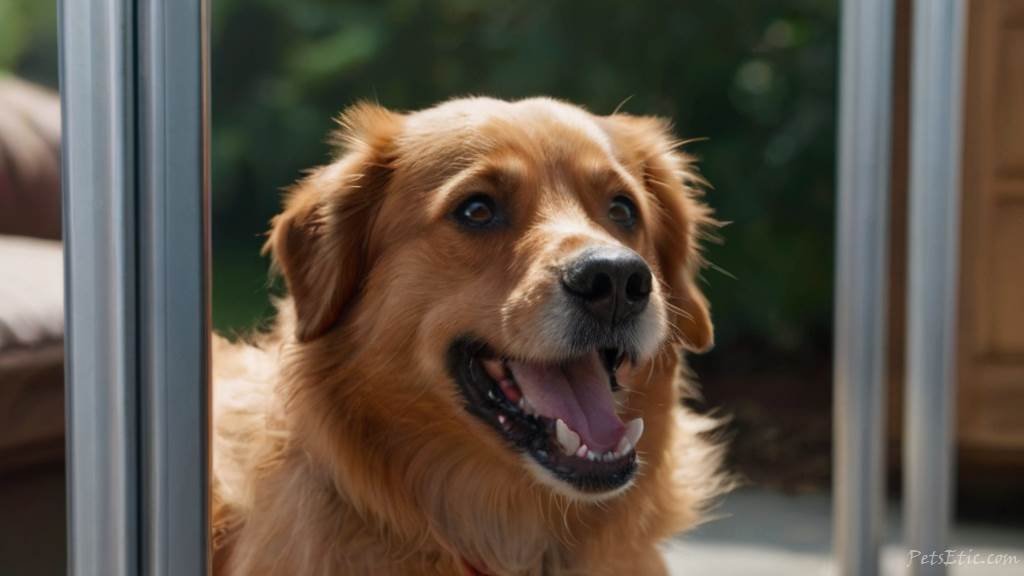Introduction
Have you ever found yourself puzzled by the sight of your furry friend flashing the infamous ‘red rocket’ at the most unexpected times? Fret not, for we’re about to embark on a journey to unravel the mysteries behind this peculiar canine behavior. Understanding why dogs get random boners is not just about curiosity, it’s about ensuring the well-being of your beloved pet.
Contents
Toggle1.1 Understanding Canine Physiology
To comprehend why your dog experiences spontaneous erections, we need to delve into the intricate world of canine physiology. Dogs, like humans, have reproductive systems influenced by hormones, particularly testosterone. The male reproductive organ, often playfully dubbed the ‘red rocket,’ undergoes physiological changes triggered by various factors.
One key element is the blood flow to the genital area, regulated by a complex interplay of hormones and neural signals. Understanding these physiological aspects is crucial to deciphering the normality of your dog’s erections.
1.2 Importance of Addressing Dog Boners
“Why should I bother about my dog’s boners?” you might wonder. Well, besides the fact that it can be quite disconcerting for pet owners, frequent or abnormal erections might signify underlying health issues. Being proactive about addressing these concerns ensures the overall well-being of your furry companion.
Regular monitoring of your dog’s reproductive health can contribute to the early detection of potential problems, allowing for timely intervention. Remember, a happy and healthy pup starts with a thorough understanding of their physiological nuances.
2. Normal Sexual Behavior in Dogs
2.1 Reproductive Cycles in Male Dogs
Male dogs, like their human counterparts, experience hormonal fluctuations associated with their reproductive cycles. Understanding these cycles helps differentiate between normal and abnormal instances of ‘red rocket’ appearances.
2.2 Common Triggers for Normal Erections
What makes Fido’s little soldier stand at attention? Explore the everyday triggers that prompt natural erections in dogs, from the presence of a potential mate to simple environmental stimuli. Knowing these triggers aids in distinguishing between expected and unusual behavior.
Are you curious to learn more about how to manage and prevent random dog boners? Let’s explore practical tips in the next section.
3. Tips for Managing and Preventing Random Dog Boners
3.1 Environmental Modifications
Discover how simple adjustments to your pet’s surroundings can play a significant role in managing spontaneous erections. From creating a stress-free zone to introducing stimulating activities, these modifications can make a world of difference.
3.2 Behavioral Training Techniques
Uncover effective training methods that go beyond traditional commands, specifically tailored to address and manage your dog’s reproductive behavior. A well-trained pup is not only a joy to be around but also likely to exhibit more predictable behavior.
Embark on this journey of understanding with us, as we navigate through the intricacies of your dog’s ‘red rocket’ moments. Stay tuned for insights into medical factors, the impact of neutering, and practical strategies for responsible pet ownership.

2. Normal Sexual Behavior in Dogs
2.1 Reproductive Cycles in Male Dogs
Ever wondered what’s going on beneath the fur when your male dog starts acting a bit more, shall we say, amorous? Understanding the reproductive cycles in male dogs is like deciphering a secret code written in hormones and instinct.
Male dogs typically undergo two main phases in their reproductive cycles: the proestrus and estrus phases. Proestrus is like the warm-up before a big game – hormone levels rise, but the dog is not quite ready for the main event. It’s during the estrus phase that things get interesting. This is when your pup’s body is screaming, “It’s showtime!” Hormones are in full swing, and the red carpet is rolled out for potential mates.
Now, don’t be surprised if during these cycles, your dog starts paying extra attention to his nether regions. It’s just nature’s way of gearing up for the possibility of a romantic rendezvous.
2.2 Common Triggers for Normal Erections
So, what sets off the canine equivalent of a Hollywood romance? Dogs, like humans, can’t resist the allure of certain triggers that send their hormones into overdrive.
-
Scent of a Mate: Dogs possess an extraordinary sense of smell, and when they catch wind of a potential mate in the vicinity, it’s like a canine love potion. The aromatic symphony of pheromones can lead to a spontaneous ‘red rocket’ appearance.
-
Presence of a Female in Estrus: During the estrus phase of the female dog’s reproductive cycle, her scent becomes particularly enticing to males. Your dog might get a bit frisky if there’s a lady in the neighborhood who’s ready to mingle.
-
Social Interaction: Dogs are social creatures, and just like humans, they can get excited and stimulated through interaction. Playful encounters with other dogs or even enthusiastic belly rubs from their favorite human can sometimes trigger normal erections.
Understanding these triggers allows you to differentiate between the normal ebb and flow of canine hormones and potentially concerning behavior. It’s all part of the fascinating world of doggy romance – a world where hormones and instincts take center stage, and the ‘red rocket’ is simply a supporting character in the play of nature.

3. The Role of Hormones
3.1 Testosterone and its Impact
Let’s talk testosterone – that mighty hormone that turns your cuddly canine into a four-legged Casanova. Just like in humans, testosterone plays a starring role in a male dog’s reproductive system, influencing everything from behavior to physical changes.
When testosterone levels surge, it’s like turning up the volume on the stereo of masculinity. Your pup may become more assertive, confident, and yes, a tad more interested in the opposite sex. This surge in testosterone during the estrus phase of a female dog’s cycle can lead to the infamous ‘red rocket’ making its debut.
But it’s not all romance and swagger. Elevated testosterone levels can also bring out the competitive spirit in male dogs. They might engage in more assertive behaviors, like marking their territory or vying for the attention of potential mates.
As a responsible pet owner, understanding the impact of testosterone allows you to navigate your dog’s amorous adventures with patience and insight. It’s a hormone-fueled journey that adds a dash of spice to your pup’s life – just part of the canine charm.
3.2 Hormonal Changes Throughout a Dog’s Life
Just like humans, dogs go through hormonal roller coasters during various life stages. It’s not all about puppy love – hormones continue to shape your dog’s behavior and physiology throughout their life.
Puberty Pangs: Ah, puberty – that awkward phase we all remember. In dogs, it’s marked by a surge in hormones, particularly testosterone. This is when your once carefree pup might start displaying newfound interest in the opposite sex.
Adulting Hormones: As your dog matures into adulthood, hormonal fluctuations become more predictable. Understanding this phase helps you differentiate between normal behavior and potential health concerns.
Golden Years: In the twilight of your dog’s life, hormonal changes continue. Lowered testosterone levels may lead to decreased interest in reproductive pursuits, a welcome relief for some pet owners.
By recognizing these hormonal shifts, you become a seasoned interpreter of your dog’s actions. From the exuberance of youth to the wisdom of age, hormones orchestrate the symphony of your dog’s life. Embrace the quirks, relish the moments, and understand that behind every ‘red rocket’ is a fascinating tale of canine hormones doing their dance.
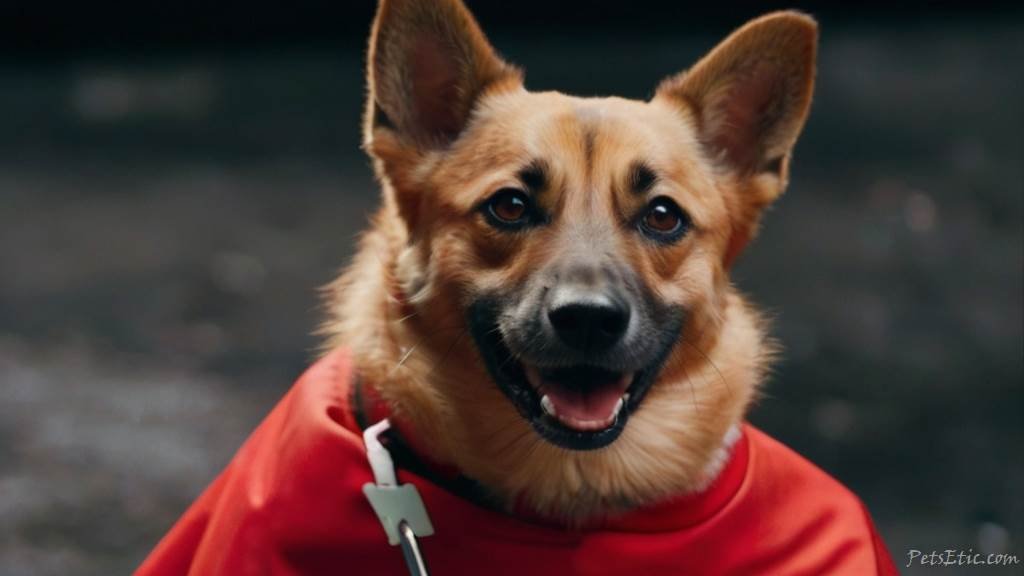
4. Behavioral and Environmental Influences
4.1 Social Context and Mate Presence
Dogs, like humans, are social creatures, and the dynamics of their interactions play a significant role in their behavior, especially in matters of the heart. The social context and the presence of a potential mate can turn your dog’s world into a canine romantic comedy.
Imagine your dog entering a park full of furry friends, each with their unique scent and energy. In this social hubbub, hormones kick into overdrive, and the ‘red rocket’ may decide it’s time to make a grand appearance. The desire to impress or express interest in a potential mate can lead to these spontaneous displays.
Mate presence is like the plot twist in a rom-com. When your dog senses the pheromones of a receptive mate, it’s as if the script of nature instructs them to prepare for a bit of courting. The sight of another dog in estrus can trigger a cascade of hormonal responses, culminating in the notorious ‘red rocket’ making its debut.
Understanding the impact of social dynamics on your dog’s behavior allows you to navigate public spaces with a better grasp of what to expect. After all, love (or puppy love) is often in the air when canines gather.
4.2 Impact of Stress and Anxiety on Canine Erections
Stress and anxiety – not just human problems. Dogs can also experience these emotional roller coasters, and believe it or not, it can influence their romantic escapades. Think of it as a canine soap opera where stress takes center stage.
When your pup is feeling the weight of the world on their furry shoulders, it can affect their hormone levels. Stress hormones like cortisol can throw a spanner into the works of the usual hormonal dance, leading to unexpected displays of the ‘red rocket.’
It’s like your dog’s body responding to stress by saying, “Hey, let’s distract ourselves with a bit of romance.” These spontaneous erections might be their way of coping or seeking comfort in the midst of turmoil.
As a caring pet owner, recognizing the impact of stress on your dog’s romantic tendencies allows you to create a supportive environment. Implementing stress-reducing strategies, providing a safe space, and offering reassurance can all contribute to a more balanced and contented pup.
In the intricate world of canine behavior, the interplay between social influences and emotional well-being adds layers of complexity to the story of the ‘red rocket.’ It’s a tale where understanding your dog’s emotional landscape becomes the key to a harmonious and happy canine life.
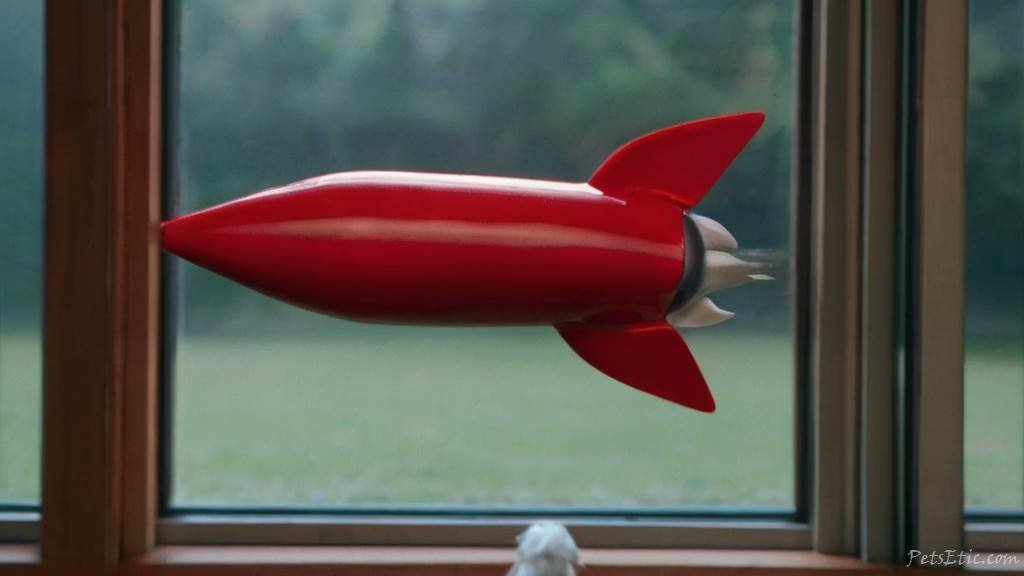
5. Medical Factors
5.1 Health Conditions Leading to Unusual Erections
Now, let’s dive into the realm of doggy health because, just like us, our furry friends can face certain challenges that might manifest in unexpected ways. Unusual erections in dogs can sometimes be a red flag signaling an underlying health condition.
Picture this: your dog experiencing erections more frequently or in unusual circumstances. Before jumping to conclusions, consider the possibility of an undetected health issue. Conditions like priapism, which is a prolonged and painful erection unrelated to sexual stimulation, can be an indicator of problems such as blood clotting disorders or nerve damage.
A trip to the vet becomes crucial if you notice persistent abnormal erections. It’s like taking your pet to the doctor for a wellness check-up – early detection and intervention can make a significant difference in their overall health and well-being.
5.2 Medications and Their Side Effects
We’ve all heard about the side effects that can come with the medications we humans take. Guess what? Dogs aren’t immune to this phenomenon. If your furry companion is on medication, it’s worth considering that the ‘red rocket’ might be staging a performance due to the side effects of their prescribed drugs.
Some medications can influence hormone levels, causing fluctuations that may lead to unexpected erections. It’s like the ultimate encore – your dog’s body responding to the chemical symphony playing within. Medications like steroids or certain antidepressants can potentially disrupt the delicate hormonal balance in your pup.
Before hitting the panic button, consult with your vet. They can provide insights into the potential side effects of the medications your dog is taking and whether they might be contributing to the unexpected displays. Remember, open communication with your vet is key to ensuring your dog’s health and happiness.
In the melodrama of canine health, being attentive to your dog’s body language and any unusual behaviors can be a lifesaver. Health conditions and medication side effects might be behind the curtain, influencing the script of your dog’s romantic escapades. It’s a reminder that our vigilant care and regular vet check-ups contribute to a healthier and more vibrant life for our beloved pets.

6. Neutering and Its Effects
6.1 How Neutering Affects Reproductive Behavior
Alright, let’s talk about the snip-snip, the big ‘N’ – neutering. Many pet owners choose this path for various reasons, and it’s not just about curbing the pitter-patter of tiny paws. Neutering can also have a noticeable impact on your dog’s reproductive behavior, influencing the way they navigate the romantic landscape.
When your dog undergoes the neutering process, it’s like dimming the lights on the hormonal stage. Neutering involves the removal of the testicles, the powerhouse of testosterone production. With reduced testosterone circulating in their system, your dog’s interest in romantic pursuits might take a dip.
Imagine it as a switch being flipped, calming the storm of hormones that once fueled their desire. Neutering often results in a more relaxed and less driven demeanor, making your pup less likely to engage in the persistent pursuit of love.
However, it’s essential to remember that individual responses can vary. Neutering is not a one-size-fits-all solution to behavioral challenges, and its impact on reproductive behavior may depend on factors such as age, breed, and overall health.
6.2 Potential Impacts on Erection Frequency
Now, let’s address the elephant in the room – what happens to the ‘red rocket’ after the snip-snip? Neutering can indeed influence erection frequency, but it’s not a guarantee that the curtain falls on those romantic displays.
Post-neutering, some dogs may experience a decrease in the frequency of erections. With the reduced influence of testosterone, the spontaneous ‘red rocket’ appearances might become less frequent. It’s like turning down the volume on a lively concert, the show goes on, but with less intensity.
However, it’s crucial to note that not all dogs follow the same script. Some may still exhibit occasional erections due to residual hormonal activity or other environmental stimuli. It’s a nuanced dance between hormones and behavior, and the impact of neutering on erection frequency can be as unique as your dog’s personality.
Choosing to neuter your dog is a significant decision, and understanding its effects on both reproductive behavior and the frequency of erections empowers you as a responsible pet owner. It’s a journey that involves thoughtful consideration, open communication with your vet, and a commitment to your furry friend’s overall well-being. So, snip-snip or not, the adventure of understanding your dog’s romantic tendencies continues!

7. Understanding the Physiology of Dog Boners
Alright, buckle up for a journey into the intricate world of canine anatomy and physiology. We’re about to demystify the ‘red rocket’ and explore what’s happening under the hood.
7.1 The Anatomy of Canine Reproductive Organs
Let’s start with the basics – the blueprint that shapes the magic behind doggy romance. Your pup’s reproductive system is like a finely tuned orchestra, with different instruments playing their roles.
In the male dog, the orchestra’s main players are the testicles, where the hormone testosterone is produced. Picture them as the conductors, directing the symphony of reproduction. When the canine hormones are in harmony, everything runs smoothly. But what about the ‘red rocket’? Well, that’s the result of the show, the crescendo of the canine symphony.
Now, the orchestra also includes the penis, the instrument responsible for the grand performance. Understanding the anatomy helps you appreciate the intricate choreography of nature. Each part plays a role, and when the curtain rises on the ‘red rocket,’ you’re witnessing the culmination of this biological ballet.
7.2 Blood Flow and Mechanisms Behind Dog Erections
Now, let’s talk about the mechanics of those unexpected canine erections. Blood flow is like the backstage crew working tirelessly to ensure the show goes on without a hitch. When the spotlight is on, the blood vessels in the penis dilate, allowing increased blood flow to the region.
Think of it as inflating a balloon – more blood means increased pressure, resulting in the erection. This process is orchestrated by a delicate balance of hormones and neural signals, a backstage dance where timing is everything.
But what triggers this intricate dance? It could be a whiff of a potential mate’s scent, the presence of a receptive female, or just the excitement of social interaction. It’s like the canine brain shouting, “Lights, camera, action!” and the ‘red rocket’ takes center stage.
Understanding the physiology behind dog erections is not just about biology, it’s about demystifying a natural part of your dog’s behavior. It’s a symphony of hormones, blood flow, and instinctual responses – a physiological dance that contributes to the rich tapestry of your furry friend’s life.
So, the next time you witness your dog’s ‘red rocket’ making an appearance, you can appreciate the intricate dance of nature that’s been choreographed over generations. It’s not just a quirky canine moment, it’s a testament to the fascinating world of physiology that makes your pup the unique character they are.
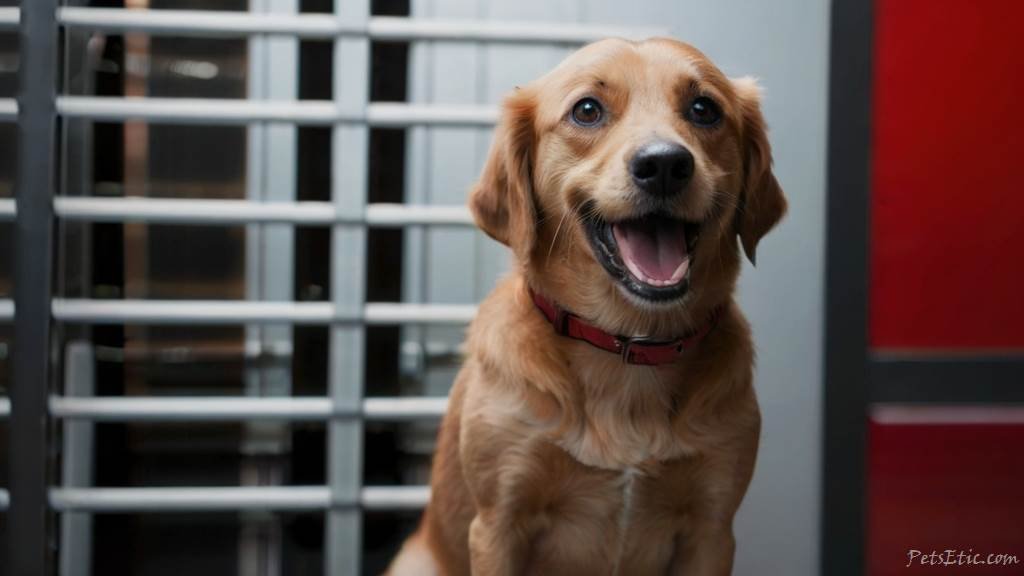
8. Why Does My Dog Get Random Boners?
Ah, the age-old question that has perplexed pet owners and sparked many a Google search. Fear not, for we’re about to unravel the mysteries behind your dog’s random ‘red rocket’ appearances.
8.1 Normal vs. Abnormal Erection Frequency
First things first, let’s address the elephant in the room: how often is too often when it comes to canine erections? Just like humans, dogs have their own unique rhythm in this department. What might seem random to us could be perfectly normal behavior in the canine world.
Consider factors like age, breed, and overall health. Puppies, for instance, may experience more frequent erections as they explore the hormonal roller coaster of adolescence. On the flip side, older dogs might not be as keen on spontaneous romantic displays.
When does it raise a red flag? If your furry friend is showing a sudden increase in erection frequency, especially if it seems painful or persists for an extended period, it’s time for a vet check. It’s like being attuned to your dog’s unique musical composition – sudden dissonance in the melody may indicate an underlying issue.
8.2 Psychological and Physiological Triggers
Now, let’s delve into the triggers behind the curtain call of the ‘red rocket.’ Dogs, much like us, are influenced by both mind and body when it comes to matters of romance.
Psychological Triggers:
- Social Excitement: Dogs are social animals, and the sheer excitement of interaction, whether with other dogs or humans, can trigger a spontaneous ‘red rocket.’
- Sensory Stimuli: The alluring scent of a potential mate or the presence of a female in estrus can set the stage for an unexpected performance.
Physiological Triggers:
- Hormonal Fluctuations: Changes in hormonal levels, particularly testosterone, play a significant role in erection frequency. This can be influenced by age, reproductive cycles, and health conditions.
- Stress and Anxiety: Just like us, dogs may experience erections as a response to stress. It’s their way of coping with emotional turbulence.
Understanding these triggers allows you to navigate your dog’s romantic escapades with a bit more clarity. It’s like deciphering the cues in a complex dance – each step influenced by a combination of internal and external factors.
So, the next time your dog decides to flaunt the ‘red rocket’ unexpectedly, know that it’s likely a perfectly natural part of their canine repertoire. Keep an eye on the frequency, stay attuned to your dog’s overall well-being, and if in doubt, a visit to the vet can provide the answers you seek. It’s all part of the fascinating journey of being a pet parent – embracing the quirks and celebrating the uniqueness of your furry companion.
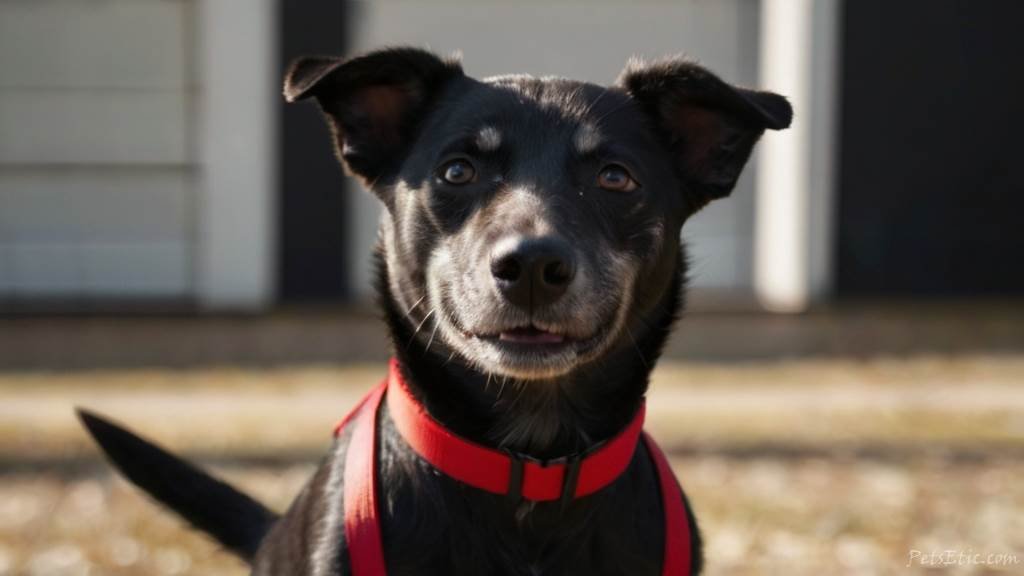
9. Tips for Managing and Preventing Random Dog Boners
Alright, let’s get down to business – how can you manage and, if possible, prevent those surprise appearances of the ‘red rocket’? Fear not, pet parent, for we’ve got some tricks up our sleeves.
9.1 Environmental Modifications
1. Controlled Social Interactions:
- Think of your dog’s social life as a well-curated guest list. Limit exposure to situations that might trigger heightened excitement or stress. Controlled, positive social interactions can help keep the ‘red rocket’ at bay.
2. Distraction and Enrichment:
- An occupied mind is a content mind. Engage your pup with mentally stimulating activities like puzzle toys or interactive games. It’s like giving them a backstage pass to a mental concert, diverting their attention from potential triggers.
3. Temperature Control:
- Dogs can be sensitive to temperature changes. Ensure your furry friend stays cool and comfortable. Excessive heat can sometimes contribute to increased erection frequency, so keep them in a shaded area during warmer days.
4. Spaying/Neutering:
- If not already done, consider spaying or neutering your dog. This can often have a positive impact on reproductive behaviors, including random erections. Consult with your vet to determine the best timing and approach for your specific dog.
9.2 Behavioral Training Techniques
1. Positive Reinforcement:
- Positive vibes all the way! Use treats and praise to reinforce calm behavior. When your dog remains composed in situations that might typically trigger excitement, reward them like they’ve just won the canine Oscars.
2. Distraction Commands:
- Teach your dog specific distraction commands like ‘sit’ or ‘stay.’ When you sense potential triggers, redirect their attention with these commands. It’s like having a secret code to shift their focus and prevent spontaneous romantic displays.
3. Consistent Training Routines:
- Consistency is the key to success. Establish regular training routines to reinforce desired behaviors. Dogs thrive on predictability, and a well-trained pup is less likely to be caught off guard by unexpected stimuli.
4. Professional Training Assistance:
- When in doubt, seek the help of a professional dog trainer. They can provide personalized guidance based on your dog’s unique personality and triggers. It’s like having a personal coach for your furry friend’s behavioral quirks.
Remember, managing and preventing random dog boners is all about creating a harmonious environment and instilling positive behaviors. Be patient, stay consistent with training, and embrace the journey of understanding and caring for your unique and lovable canine companion.
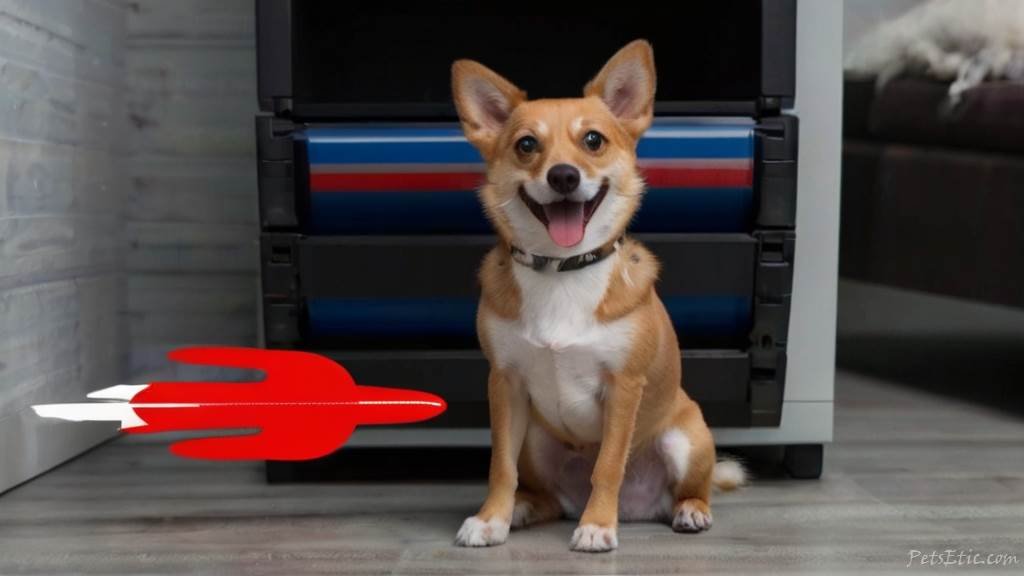
10. Frequently Asked Questions
Curious minds want to know, and when it comes to dog boners, there’s no shortage of questions. Let’s address some of the common concerns and dispel a few myths that might be floating around.
10.1 Common Concerns About Dog Boners
Q1: Why does my dog get random boners?
- A: Ah, the million-dollar question! Dogs, like humans, experience hormonal fluctuations and respond to various triggers. It can be influenced by social interactions, scents, and overall health. If the frequency raises concerns, a vet check is a good idea.
Q2: Is it normal for my puppy to have frequent erections?
- A: Absolutely. Puppies, much like human teenagers, go through hormonal changes during adolescence. Increased erections are often part of this natural process. It usually settles down as they mature.
Q3: Should I be worried if my older dog has fewer erections?
- A: Not necessarily. As dogs age, hormonal levels may decrease, leading to a reduction in reproductive behaviors. If your senior dog seems healthy and happy, fewer erections might just be a sign of their more relaxed lifestyle.
Q4: Can stress or anxiety cause random erections in dogs?
- A: Yes, indeed. Dogs can respond to stress similarly to humans, and one way they cope is through hormonal changes. Stress and anxiety can sometimes trigger unexpected erections. Creating a calm and secure environment can help manage this.
10.2 Clarifying Myths and Misconceptions
Q1: Does frequent erections mean my dog is always in a romantic mood?
- A: Not necessarily. Dogs don’t experience the same complex emotional states as humans. Erections can be a physiological response to various stimuli, and it doesn’t always signify a desire for romance.
Q2: Will neutering completely eliminate random erections?
- A: Neutering can often reduce the frequency of erections, but it’s not a guaranteed off-switch. Individual responses vary, and some dogs may still experience occasional erections due to residual hormonal activity or external triggers.
Q3: Can I use medication to stop my dog from having erections?
- A: It’s generally not recommended to use medication solely for this purpose. Medications can have side effects and should only be administered under the guidance of a vet. Addressing the root causes through environmental modifications and training is often a safer approach.
Q4: Is it embarrassing to talk to my vet about this?
- A: Not at all! Veterinarians are trained professionals who have heard it all. Open communication with your vet is crucial for your dog’s well-being. They can provide insights, guidance, and ensure your pup is in the best possible health.
So, there you have it – a candid look at some FAQs surrounding the world of dog boners. Remember, it’s all part of the fascinating journey of being a pet parent, and understanding your furry friend’s unique behaviors is a key element of responsible and loving care.

